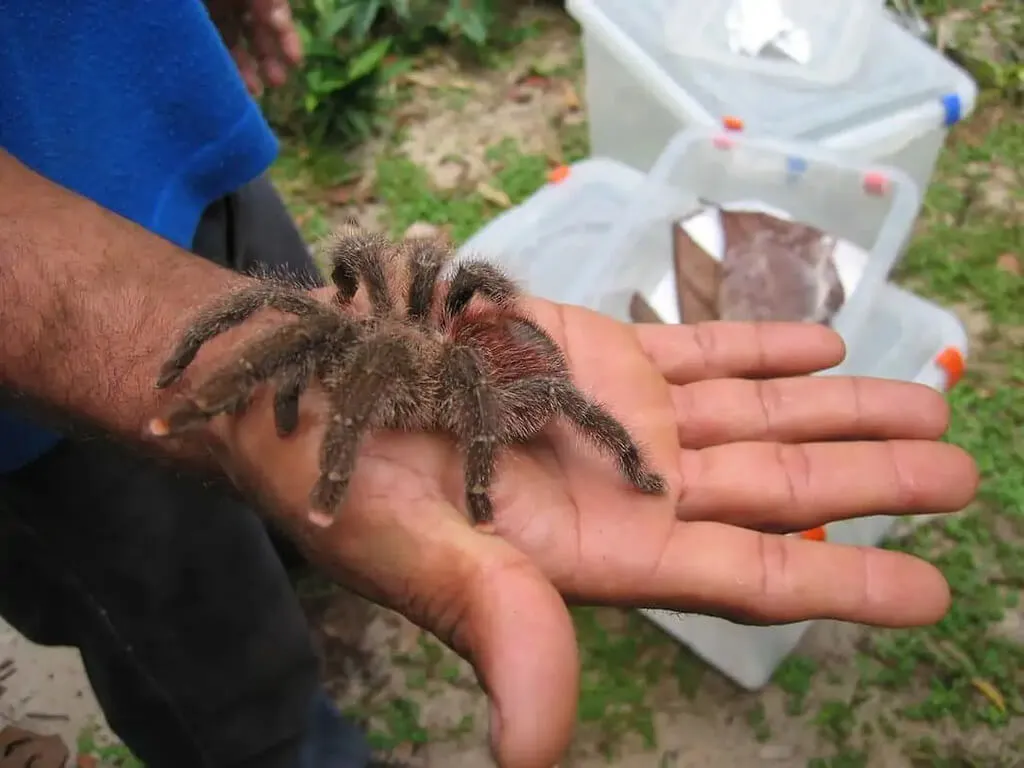What is a Dead Pink Toe Tarantula
Dealing with a dead pet is never easy, and the loss of a Pink Toe Tarantula can be particularly upsetting for arachnid enthusiasts. Understanding what constitutes a dead Pink Toe Tarantula, or Avicularia avicularia, is the first step in managing this sensitive situation. These beautiful creatures are known for their vibrant colors and arboreal lifestyle. Recognizing the signs of death is crucial for proper handling and disposal. This article will delve into the specifics of identifying a deceased Pink Toe Tarantula, addressing the common causes of their demise, and providing guidance on how to handle the situation with respect and care.
Identification of a Dead Pink Toe Tarantula
Accurately identifying a dead Pink Toe Tarantula involves observing both physical and behavioral indicators. The key is to distinguish between death and other states, such as molting or dormancy, to avoid unnecessary distress. It’s important to understand that tarantulas can sometimes appear lifeless when molting, so it’s crucial to confirm before any action is taken. Careful observation and understanding of a tarantula’s normal behaviors are essential for accurate identification of death. Remember, proper identification is the first crucial step in the process.
Physical Characteristics
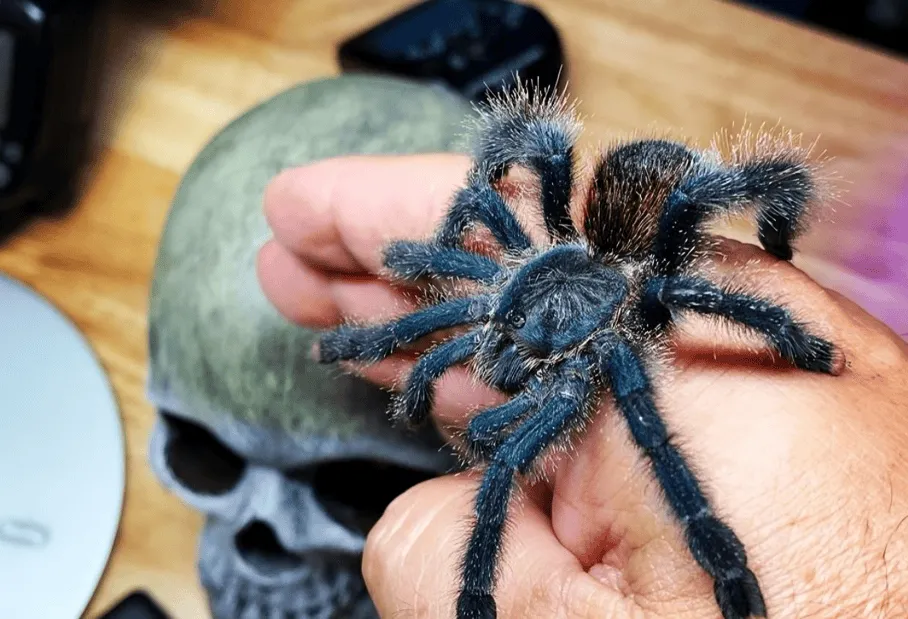
When examining a Pink Toe Tarantula, look for several physical signs to confirm if it has passed. A primary indicator is the lack of any movement or response to stimuli. The legs will be stiff and curled up, and the body might appear contracted. The fangs, which are normally tucked away, may be visible. Another crucial sign is the color change; a tarantula may lose its vibrant colors and appear dull or faded. It is also helpful to note the overall condition of the body; any signs of decomposition, such as discoloration or unpleasant odors, are sure indicators of death. Observe these physical characteristics to confirm if the tarantula is deceased.
Behavioral Indicators
Behavioral cues are also pivotal in determining if a Pink Toe Tarantula is dead. In a live tarantula, any disturbance will cause a reaction, such as a slight movement or a defensive posture. A dead tarantula will exhibit no response to touch or external stimuli. The abdomen may appear deflated or soft, unlike the firm abdomen of a healthy tarantula. Absence of any reaction to light, sound, or vibration is a reliable indicator. Confirming the behavioral aspects provides additional clarity to the physical characteristics, supporting the accurate confirmation of death.
Why Pink Toe Tarantulas Die
Understanding why Pink Toe Tarantulas die is essential for responsible pet ownership. Several factors can contribute to a tarantula’s demise, ranging from environmental conditions to health issues. Often, a combination of factors may lead to death. Being aware of these potential causes allows pet owners to take preventive measures, making for a healthy environment for their tarantula. This section provides insights into the common causes of death, covering issues such as improper habitat, inadequate care, and prevalent health problems. Remember that the goal is to enhance the life of your Pink Toe Tarantula.
Common Causes of Death
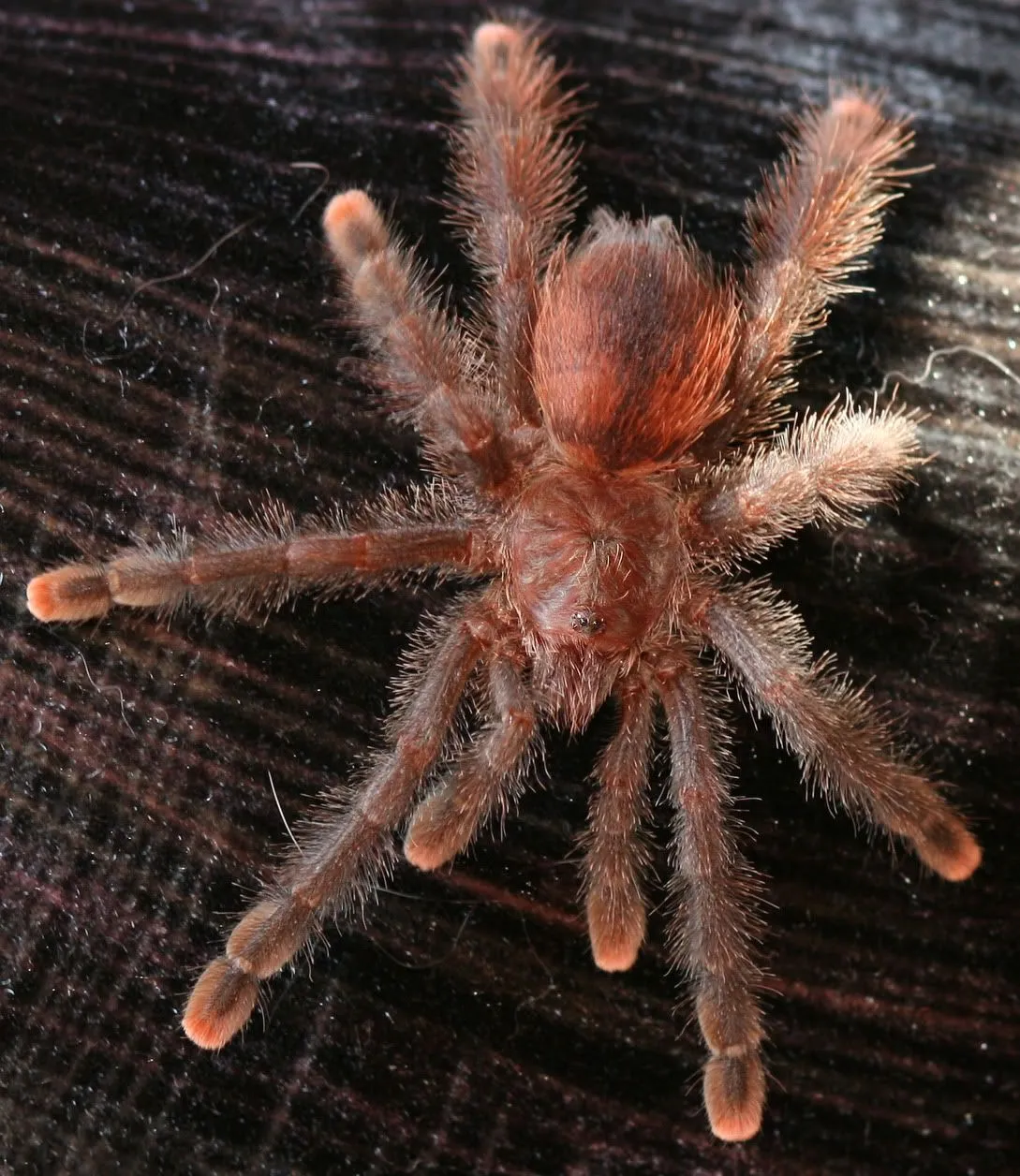
Several common factors lead to the death of Pink Toe Tarantulas. One frequent cause is improper habitat conditions. Pink Toes require specific temperature and humidity levels, and deviations from these can cause stress and health issues. Another significant factor is poor nutrition. Feeding a tarantula an inadequate diet or providing contaminated food can lead to death. Parasites and diseases also pose a threat, especially in environments where hygiene is not maintained. Other causes include accidental injuries, such as falls or being crushed, and the use of harmful chemicals in or near the habitat. Regular assessment of these elements helps minimize the risk of loss.
Environmental Factors
Environmental factors play a vital role in the survival of Pink Toe Tarantulas. These tarantulas need a habitat that mimics their natural environment. Temperature is critical, with ideal ranges between 75-85°F (24-29°C). High or low temperatures for extended periods can be lethal. Humidity is another crucial environmental aspect; Pink Toes thrive in humid environments, typically between 70-80%. Inadequate humidity can cause dehydration and difficulties during molting. The enclosure should provide proper ventilation to prevent mold and fungal growth, and adequate space for the tarantula to move and build webs. Monitoring and controlling these factors contribute greatly to their health.
Health Issues
Pink Toe Tarantulas, like all living creatures, are susceptible to various health issues that can lead to death. Common problems include parasitic infections, such as mites, which can weaken and stress the tarantula. Fungal infections can also be a threat, particularly in enclosures with high humidity and poor ventilation. Bacterial infections can arise from contaminated food or unclean environments. Another major health concern is molting issues. Problems during molting can be fatal if the tarantula cannot shed its exoskeleton properly. Regular health checks and prompt veterinary attention are essential in managing and addressing these health concerns effectively.
What to Do if Your Tarantula Dies
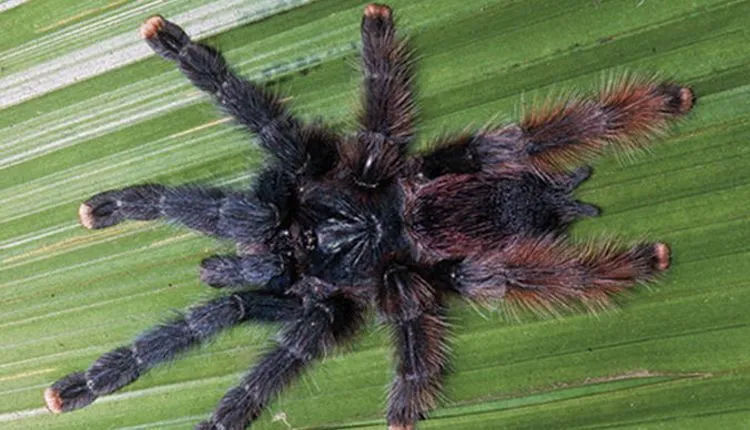
When you confirm that your Pink Toe Tarantula has passed away, it’s crucial to handle the situation with sensitivity and respect. This section provides a clear guide on how to approach this difficult time. From confirming the death to the proper disposal of the tarantula, the goal is to ensure the process is handled with dignity. This guidance will help pet owners navigate through the emotional aspect, ensuring that all steps are performed thoughtfully. Remembering that the Pink Toe Tarantula deserves respectful treatment even in death is of the utmost importance.
Confirming Death
Before taking any action, confirming the death of your Pink Toe Tarantula is critical. Observe the tarantula closely for a few hours to eliminate any doubts. Check for any signs of movement or response to external stimuli. Look closely for stiffness in the legs and body, along with the absence of any reaction to touch. If the tarantula is in its enclosure, look for changes in its position, such as lying in an unusual posture. Once you are confident the tarantula is dead, you can proceed with the next steps, taking care to treat your pet with respect during the entire process. If in doubt, consult with a veterinarian or experienced tarantula owner.
Proper Disposal
Proper disposal of a dead Pink Toe Tarantula is a crucial step that needs to be done with dignity and consideration. There are several methods you can use, and the choice often depends on your personal preferences and local regulations. Burying the tarantula in your backyard is a common option, ensuring the grave is deep enough to prevent it from being disturbed by other animals. Alternatively, you can cremate the tarantula, either at home or through a pet cremation service. Before you do any of these actions, make sure that you wrap the tarantula in a biodegradable material. Whatever method you choose, make sure it complies with local laws and regulations.
Preventing Future Loss
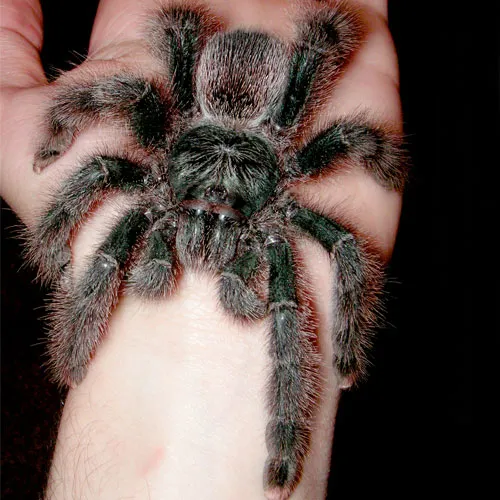
While the passing of a pet is always a difficult experience, several steps can be taken to reduce the risk of loss and improve the quality of life of your Pink Toe Tarantula. Focus on creating a safe, healthy environment, and maintaining proper care practices. Regular monitoring and a proactive approach can make a significant difference in preventing future losses, ensuring your pet thrives. Being proactive and taking preventative measures helps keep your tarantula healthy. The following section will highlight key aspects of tarantula care. These practices contribute to a long, healthy life for your tarantula.
Optimal Habitat
Creating an optimal habitat for your Pink Toe Tarantula is the first line of defense against health problems. The enclosure should be appropriately sized, allowing your tarantula to move and build webs. Provide a substrate, such as coconut fiber or peat moss, to help maintain humidity levels. The enclosure must also have a secure lid to prevent escape. Temperature and humidity must be consistently monitored and adjusted to the specific needs of your tarantula, and should be regulated using a thermometer and a hygrometer. The enclosure also requires adequate ventilation to prevent the buildup of harmful gases. Cleanliness is extremely important, including regular removal of any waste or uneaten food.
Feeding and Hydration
Proper feeding and hydration are crucial for the health and longevity of your Pink Toe Tarantula. Offer a varied diet of appropriately sized insects, such as crickets, roaches, or mealworms. Ensure the food is free from pesticides or harmful substances. The feeding schedule should be adjusted based on the tarantula’s age and size. Fresh water should be provided daily in a shallow dish, and the water should be changed to maintain cleanliness. Avoid overfeeding, as this can lead to health issues. Feeding and hydration should be monitored to ensure they are receiving adequate nutrients. Regularly inspect your tarantula’s feeding habits and adjust accordingly.
Recognizing and Addressing Health Issues
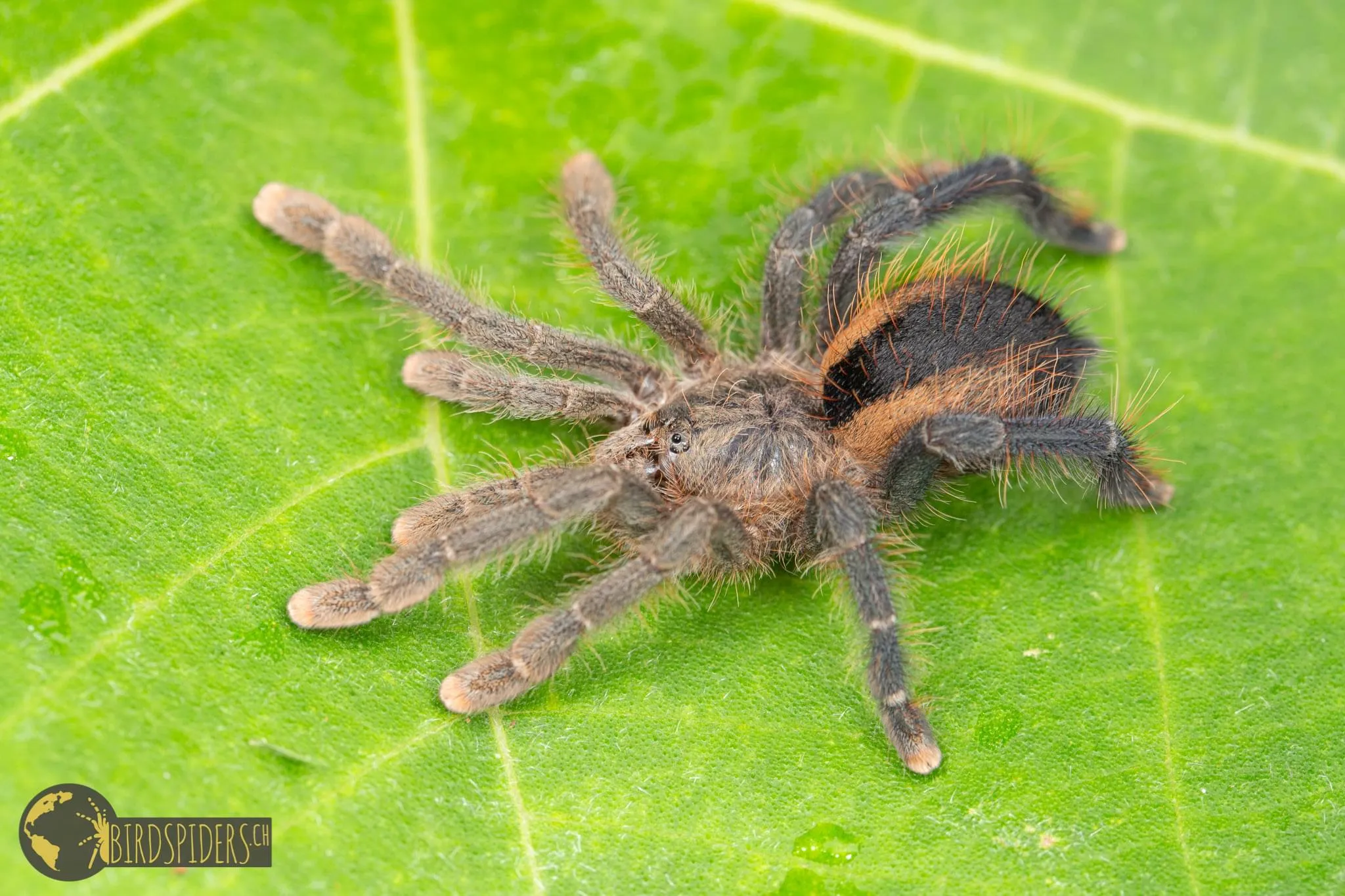
Early detection and intervention are essential for addressing potential health issues. Regularly inspect your tarantula for any signs of illness, such as loss of appetite, lethargy, or unusual behavior. Monitor the tarantula’s molting process, and address any issues, such as difficulty shedding. If you notice any signs of mites, parasites, or infections, seek professional advice from a veterinarian experienced with invertebrates. Maintain a log of your tarantula’s health, including feeding habits, molting cycles, and any observed symptoms. Being proactive and working closely with a vet will help you to ensure your Pink Toe Tarantula receives the care it deserves.
